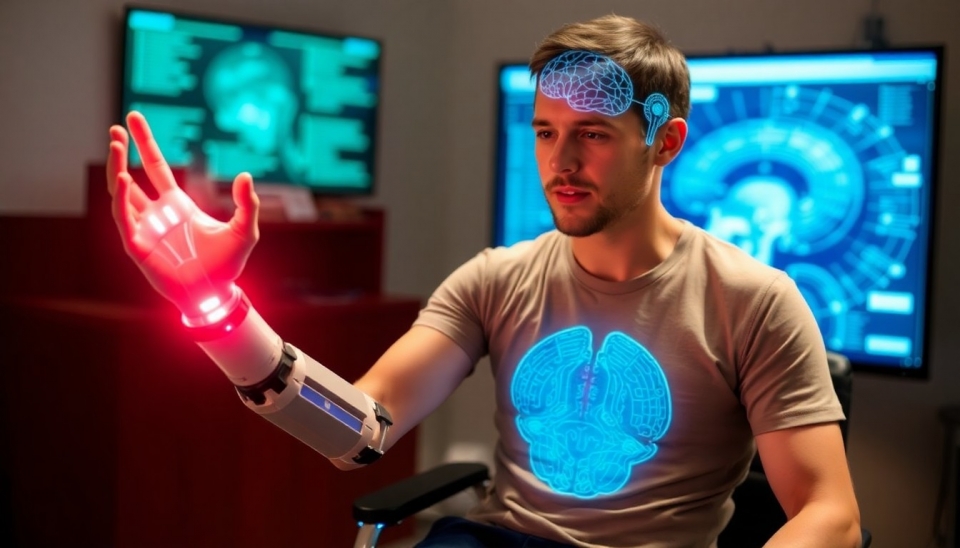Artificial Intelligence Gives Hope: Paralyzed Man Controls Prosthetic Arm with Brain Signals

An unusual and inspiring experiment has been conducted in the field of neuroscience: a paralyzed man was able to control a robotic arm using only signals from his brain. This breakthrough technology opens new horizons for people with similar impairments, allowing them to feel more independent and active in their daily lives.
Utilizing a system based on a brain-computer interface, researchers were able to decode neural signals that control arm movements and transmit them to the robotic prosthesis. This process involves implanting electrodes in specific areas of the brain associated with motor functions. Signals received from the sensors are analyzed and converted into commands that allow the prosthesis to perform desired movements, such as lifting and moving objects.
According to scientists, this method not only restores lost functions but also helps the person regain a sense of connection with their body. The paralyzed participant reported that he was able, with the prosthesis, to do what had been impossible for a long time: manipulate objects with minimal effort and feel more integrated into the surrounding world.
This project is the result of a collaborative effort by an international team of researchers who hope for further development of the technology and its implementation in clinical practice. Likely, in the future, such interfaces may become available to a wide range of people with disabilities, aiding in their rehabilitation and improving their quality of life.
Overall, the research paves the way for creating more advanced and sensitive prosthetics that can not only replicate movements but also provide the user with a sense of control and feedback. This is a significant step forward in neurotechnology that could change the lives of many individuals.




